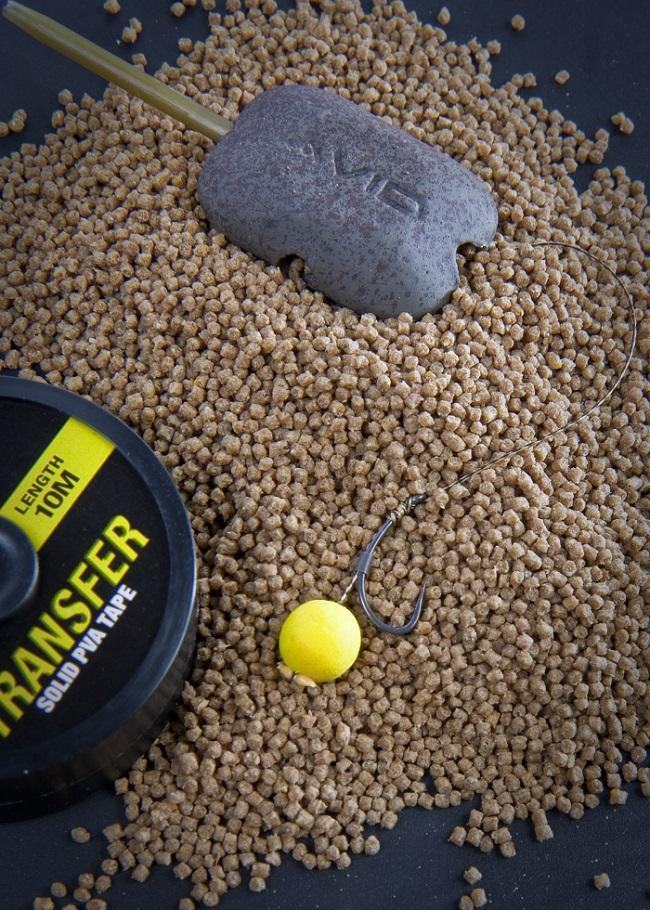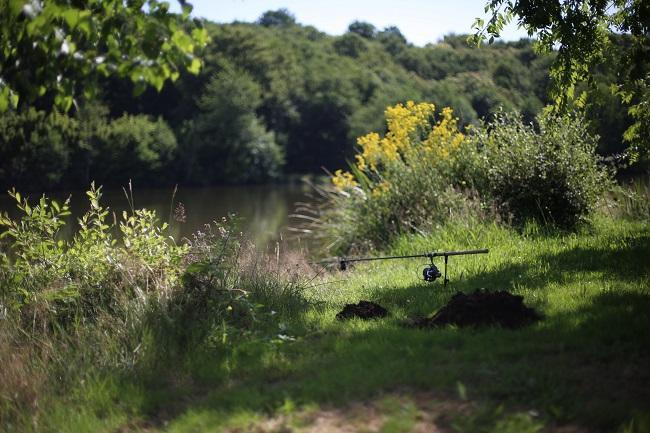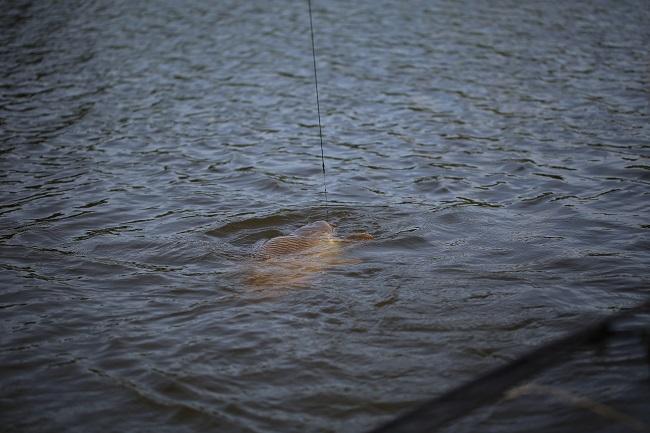Each season of the year throws up its challenges and incentives for catching carp. When carp fishing in the summer, the fish are certainly more active and are easy to spot, but that doesn’t always mean they are the easiest to catch.
Being cold-blooded, the carp’s body temperature is regulated by the warmth of the water around it. In summer, that water is warmer and the carp are much more active and need to sustain that activity with food. However, they can also have other things on their mind – like lazily sunbathing or spawning.
Pre and post spawning carp are hungry and very catchable
Spawning will generally occur any time between May and July, and these fish should not be angled for. Either side of this yearly ritual, however, the fish can be hungry and very catchable.

Some anglers believe different approaches work best for pre- and post-spawning carp, with some opting for a more particle-based approach immediately after spawning, gradually adding more nutritional boilies as the summer wears on into autumn.
Build feeding confidence by introducing free offerings when surface fishing
On the warmer summer days, carp can of course be nowhere near the lakebed, so it’s always worth taking Zig or floater gear with you. Some waters tend to responded better to these tactics than others, but if you see carp on the surface then resist the urge to cast a hookbait to them immediately. Instead, build up their confidence with floating freebies, preferably in a mix of sizes to see if they show a preference for certain types. Baiting with a mix of sizes can also really help you when you come to add your hookbait to the area. If the carp have been used to slurping with just enough force to inhale the freebies then the added weight (or buoyancy) of your hookbait and hook might completely spook them.

Coating your floaters in oil is also a great way to attract the fish and flatten off the surface ripple to make things easier to see. Hemp oil, chilli-infused oils and fish oils all work really well.
If the carp are in the upper layers of the water zig rigs can be devastating
If you think the fish are up in the water but not quite on the surface then Zig Rigs can be a great tactic. In summer the carp are likely to in the upper third of the water, so base your initial hooklink length on this assumption and work from there. Swapping hookbait colours and lengths is often a process of trial and error, but it’s worth chopping and changing until you get it right.
Bait up marginal areas and look for signs of feeding
If you’d rather fish on the lakebed then summer can be a great time to lay a margin trap. The margins will often be clear enough for you to spot a likely looking area and the water will be warm enough for you to wade out and place your rig by hand for ultimate precision. Try baiting a few close-in areas and checking on them regularly before deciding where to fish.

Carp are particularly spooky close in, so make sure your rigs are concealed and line is pinned down. Slack lines work well in these situations, as do heavy leads and short hooklinks. A solid PVA bag with a drop-off inline lead can be the perfect margin trap.
How to deal with weed growth
With carp fishing in the summer comes some challenges like weed growth. If your lake is weedy then you will notice that carp love the shelter, security and heat retention it provides. On a weedy lake, it can be best to target the densest areas in the day-time and try to find clear spots for the hours of darkness. In daylight, weed pumps oxygen into the water, but at night it does the opposite, so cweatherarp can be put off these areas in darkness.
Many factors can have a bearing on the fish’s willingness to feed in summer, but the weather is always a good indicator of your chances of success. Summer can bring about the most settled periods of weather we get in Britain, so any change in the prevailing conditions can spark a bit of a feeding spell. What you particularly want to look for are low-pressure fronts and fresh winds. These will oxygenate the water, flush through any algal blooms and generally provide you with better fishing conditions.

Of course, carp can be caught on the hottest of days, but with so much daylight in summer it might be best to concentrate on short sessions or target your activity around dawn and dusk (or the periods on your water when the carp seem most willing to feed).
Take note of summer holding areas in preparation for winter fishing when natural features die back
Summer is also a great time to assess your chosen venue for fishing it at different times of the year. In the height of summer make an accurate note of such things as where the biggest weedbeds and lilypad blooms are. As these natural features die back in the colder months they can vanish from sight, yet remain great fish-holding areas worth remembering.
One other thing that should be noted about carp fishing in summer is that retaining fish should be avoided if possible, or kept to a bare minimum. Dissolved oxygen levels can plummet in the long, still days of summer, especially in shallow margins, so do not put the carp’s life at risk by sacking them if you can avoid it.



